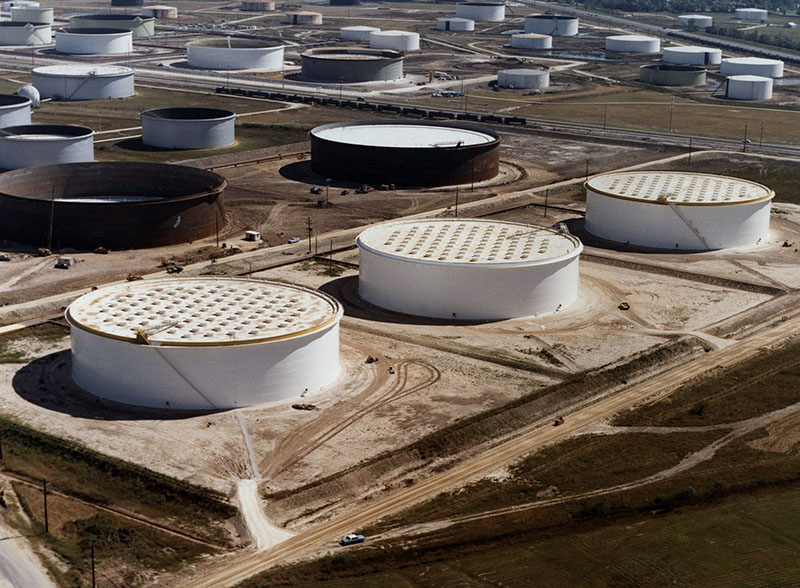(Bloomberg) — Analysts following the $1.8 trillion-a-year oil market are tempering bullish price outlooks after the commodity lost about 10% of its value in less than two weeks amid ominous signs the worldwide supply glut may not be shrinking.
Tudor, Pickering, Holt & Co. International, the Houston investment bank, on Wednesday slashed its 2018 forecast for the dominant North American crude, West Texas Intermediate, by 13% to $65 a barrel. The reason: They see U.S. output rising by 1.2 million barrels a day in that time, 50% more than in an earlier forecast.
That level of increase, layered on top of uncertainty over how long OPEC will hold to its deal to cut production, has since Jan. 3 shaved about $8 off the price of the global benchmark, Brent. The question now: Is there room ahead for such growth, or is the market on a slippery slope?
"There’s just too much oil out there," said Michael Lynch, president of Strategic Energy & Economic Research in Winchester, Mass., in a telephone interview. "We keep being told the market will rebalance and we’re not seeing any evidence. It’s hard to maintain a bullish posture here."
For the second half of 2017, Tudor reduced its price estimate by $10 to $62.50. It isn’t alone in its reassessment. JPMorgan Chase & Co. revised its U.S. price forecast downward for the second half of 2017 to $53.75 and Brent to $55.75, anticipating both will drop by another 25 cents in 2018. The analyst, David Martin, didn’t disclose his previous price forecasts.
The half-decade span of 2010-2014, when oil averaged more than $100 a barrel, spurred oil companies to embark on some of the riskiest, costliest exploration ventures in the history of the petroleum industry in search of new barrels. The subsequent flood of supply — and its negative impact on prices — shows little sign of receding.
Long-Term Outlook
“Super-high oil prices financed the oil industry to seek new supply,” Paul Sankey, senior oil and gas analyst at Wolfe Research LLC, said in a note to clients. “The industry has responded aggressively, so that the long-term outlook for oil prices is lower.”
Still, analysts remain relatively positive in their comments. Martin, at JPMorgan, said he remains “tactically bullish” for the next two quarters, despite “less ambitious” price expectations, according to a March 20 report. The recent decline in prices presents an “excellent opportunity to buy oil,” he said.
Societe Generale SA revised its price forecast “moderately higher” than a previous forecast, though its estimate remains more moderate than Tudor’s. It sees crude touching $60 a barrel at the end of 2017. The French bank expects OPEC will continue to extend production cuts into the second half of the year, according to a note led by Michael Haigh.
The comments come after the U.S. oil rig count has nearly doubled from its 2016 low of 316 as shale plays like the Permian Basin go through a drilling resurgence, while crude inventories reached all-time highs this month. The supply growth sank West Texas Intermediate close to the $47 mark on Wednesday.
Bloomberg News by Joe Carroll and Bailey Lipschultz




